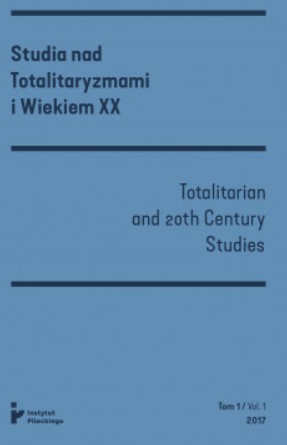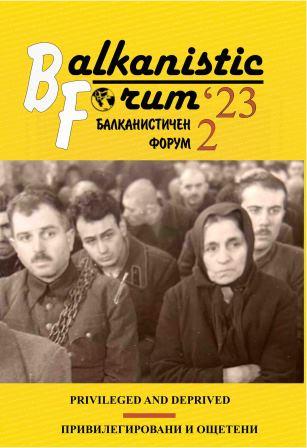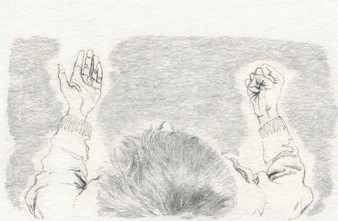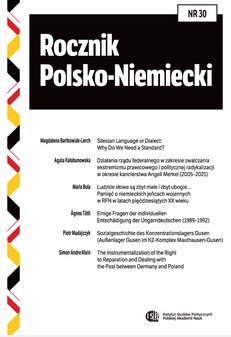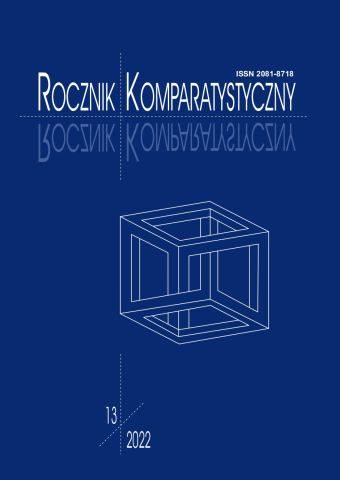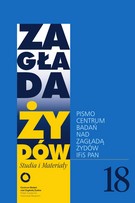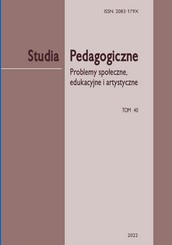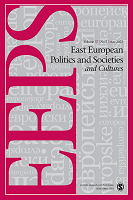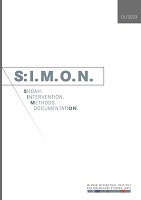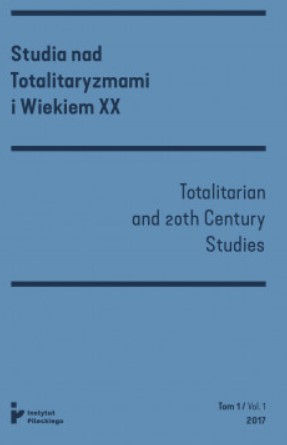
Naruszenia pamięci o Holokauście w dziedzinie sztuki
Dziedzictwo martyrologiczne związane z Holokaustem bywa przez niektórych artystów obierane jako temat ich dzieł (szeroko rozumianej) sztuki. Motywacje twórców mogą być różne: od najbardziej szczytnych, takich jak oddanie czci i wzniosłe upamiętnienie, przez przestrogę, przypominanie o zbrodniach nazistowskich, inne społecznie ważne wartości, terapię traumy Holokaustu, krytykę określonych postaw czy obowiązującej narracji historycznej, zwykłą bezmyślność lub poszukiwanie rozgłosu, aż po nienawiść, antysemityzm czy negacjonizm. Choć działalność artystyczna dysponuje poszerzoną legitymacją do operowania na granicy obowiązującego porządku społecznego, do którego zaliczają się również dobra prawne w postaci pamięci narodowej czy kultu zmarłych, nie powinno dochodzić do przekraczania tej granicy. Autor przywołał wybrane przykłady dzieł sztuki, próbując dociec intencji ich twórców i stwierdzić, czy doszło do naruszenia pamięci o Holokauście. Wprowadzenie ścisłej karnoprawnej ochrony dziedzictwa martyrologicznego i pamięci narodowej byłoby trudne, pojęcia te nie mają bowiem definicji normatywnej, a ich wartościowanie może zależeć od subiektywnych przekonań. Każdy przypadek naruszenia pamięci wymaga indywidualnej oceny i nie sposób przyjąć zobiektywizowanych kryteriów jej dokonywania, czego wymagałyby zasady prawa karnego.
More...
